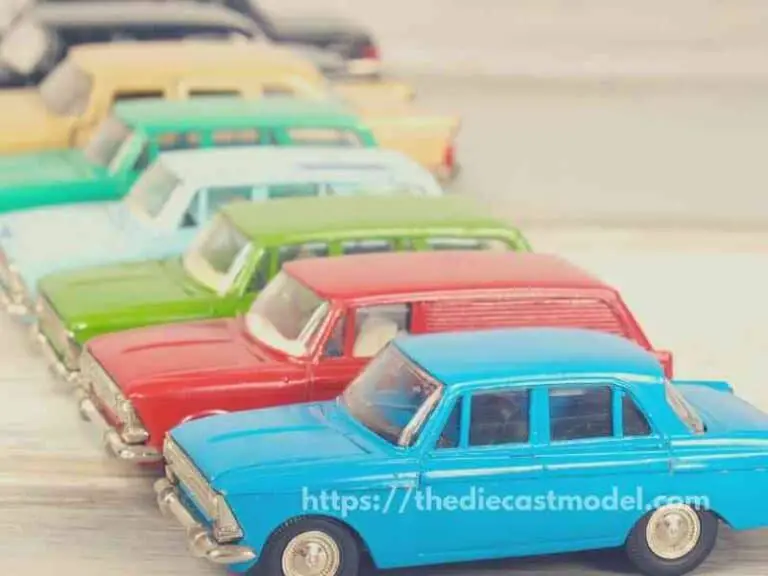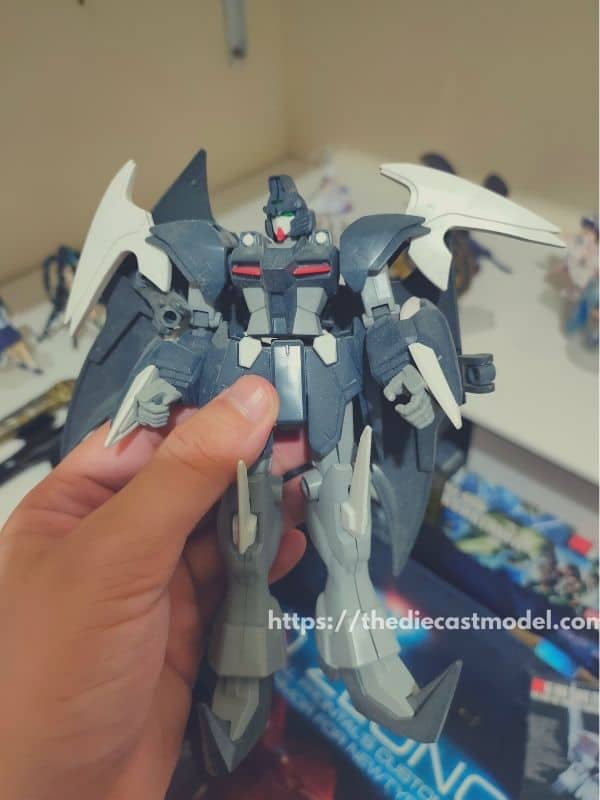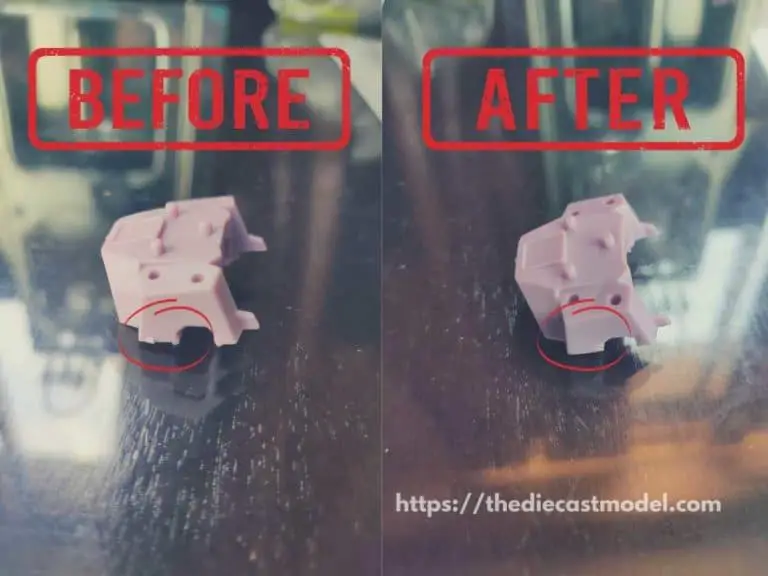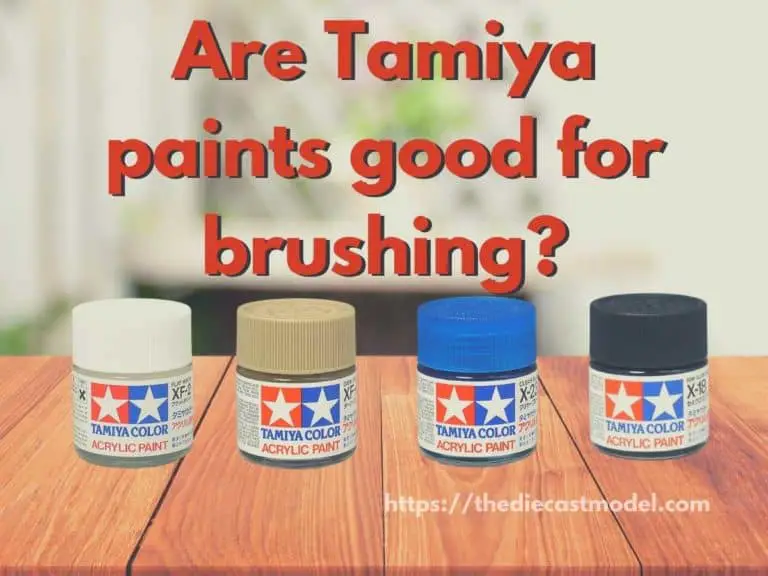Should you Top Coat Before or After the Panel Line?
Panel lining is one of the exciting new things a modeler could try once they build their models. However, since this method can be done with paints and top coats, it can be confusing to know the proper order in which you apply panel lines.
Generally speaking, most plastic modelers apply a top coat after panel lining to seal the panel lines and protect the model from outside harm. However, clear coating before and after panel lining does the best results since clear coats allow the panel lines to stick better.
This post discusses why you should panel line before and after clear coats. Furthermore, we will discuss the purpose of each top coat for panel lining. Lastly, I will provide my thoughts at the end of this post.
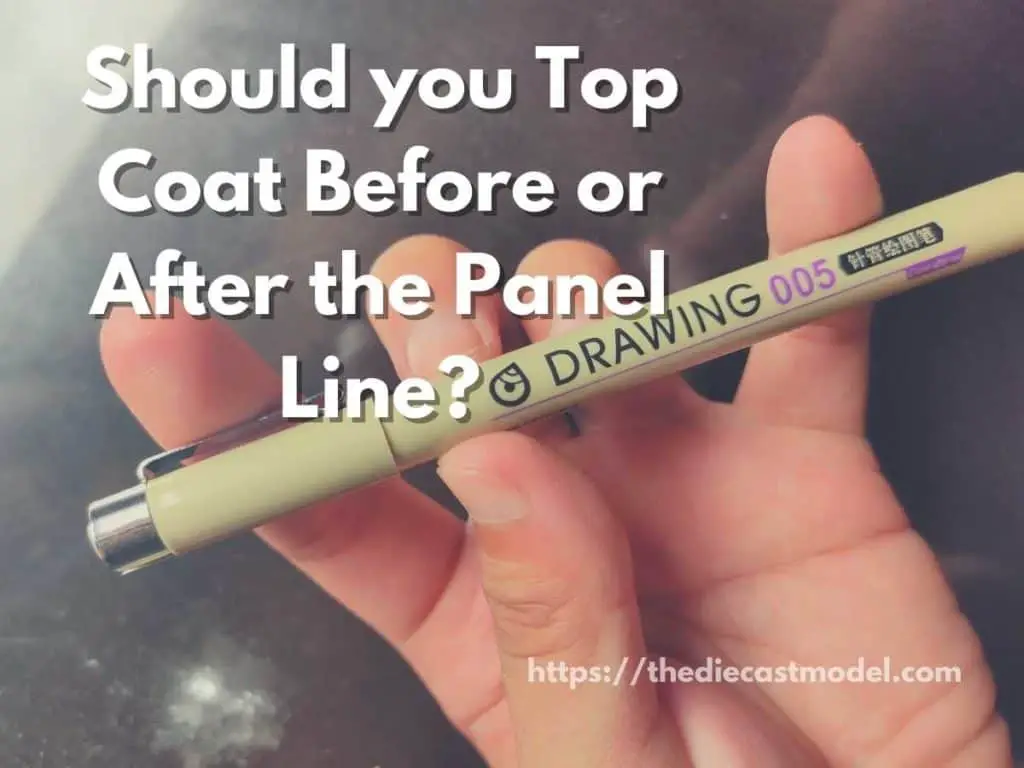
Do you Panel Line Before or After the top coat?
You should spray top coats before and after panel lines to achieve the best results. Top coats allow the panel lines to stick better. Furthermore, it is easier to remove the panel lines if a top coat is applied. However, this method is quite tedious, so most modelers only use top coats after panel lining.
I remember when I first learned panel lining. After building my Revell Chevy Impala, I asked my friend, who has been making kits since he was little.
I asked for an easy way to make my model look better. His answer was panel lining, as I can do that without learning how to paint.
That’s when I learned about panel lining. Right now, I learned a lot about panel lining to the point where I use panel lining on all my builds.
For example, the photo below is a PG Strike Freedom with some Gold panel lines. Look at how sleek that looks.
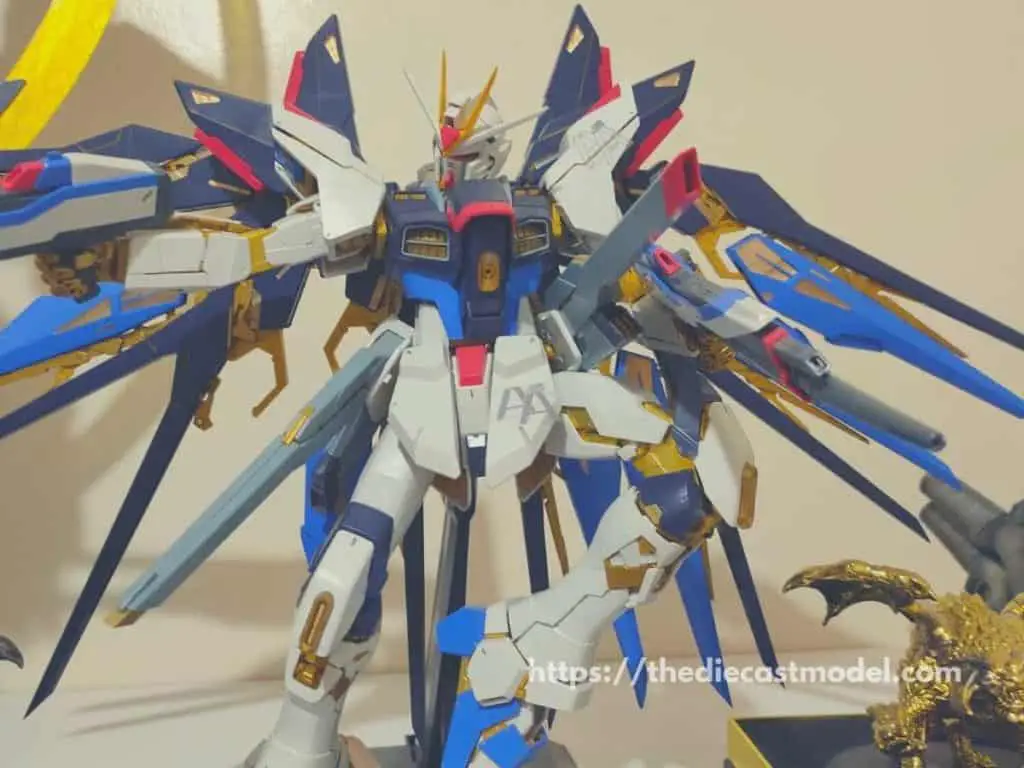
Building models was very easy when I only knew how to panel line. After building, I will choose a panel marker that looks great.
However, there came a time when I was introduced to more advanced concepts such as priming, painting, and clear coating.
This made me confused about what to do first, then last.
On painting, it was easy. But, of course, you should paint first since painting above the panel lines would remove the lines.
Priming is always at the start to protect the plastic and serve as the bridge between paints.
But how about clear coats? I’ve tried numerous ways to find what suits me best. I tried top coating after panel lines, before panel lines, and both.
Through my experience, I learned that while it is quite tedious, top coating before and after panel lining produced the best results.
Why should you Panel Line Before and After Top Coat?
You should panel line before and after top coats to achieve the best result.
Panel lining before the top coat makes a smooth and stickier surface for the ink to settle correctly.
In my experience, the best way to do this is to use a glossy top coat.
But what is a glossy top coat? Generally speaking, there are two types of top coats: the matte and the glossy.
Top coats can be divided into these two categories regardless of the brand.
Basically, the glossy is shinier than the matte. Here is an example of an MG Ex Gundam with a glossy top coat.
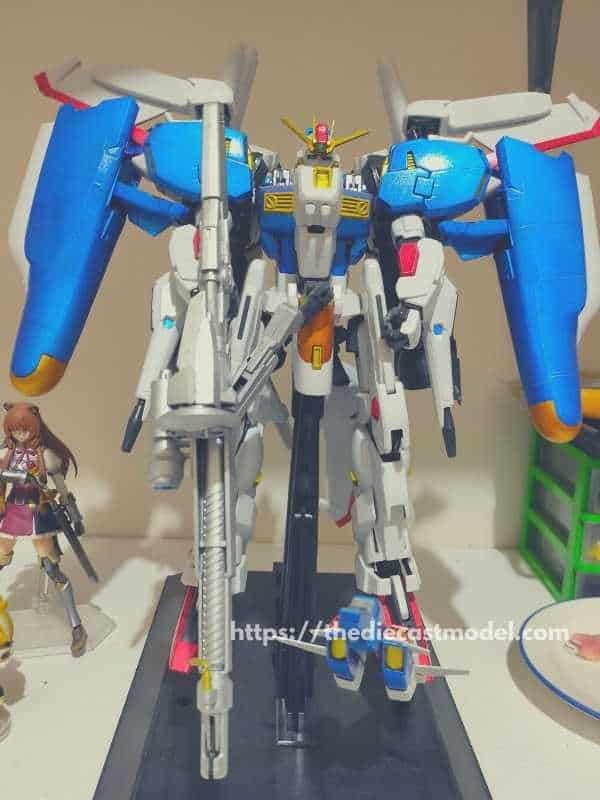
As we can see, an ordinary model wouldn’t shine that much without a glossy top coat.
On the other hand, matte top coats are a little less glossy.
Here is a photo of an MG Ex Gundam with a matte top coat.
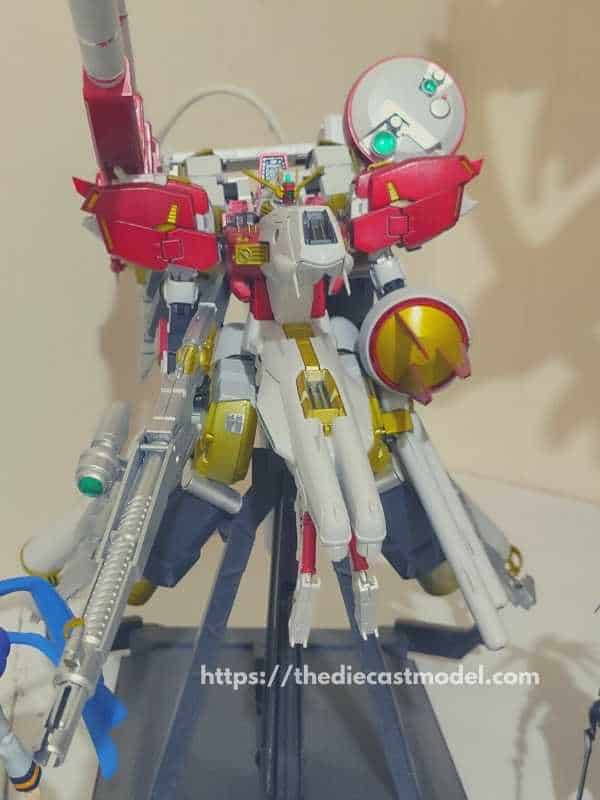
Can you see the difference in how they shine? Basically, a glossy top coat is shinier than a matte.
However, they produce the same results when protecting your models from external damage.
But why am I explaining this? This is because the type of top coat matters especially if you apply stickers and panel lines.
As a general rule, you should apply a glossy top coat before putting panel lines. This is because glossy top coats are more sticky and provide a better surface for the panel lines. This means the ink would stick better.
This is also why when you try panel lining some models. You might notice that the ink slides on the surface. This is because the surface isn’t perfect for the ink.
To prevent the inks from sliding, you might need to use glossy top coats or make the plastic’s surface ideal for painting.
If you want to save some time and not use a top coat before application, you may wash your models like what I did in my YouTube video here:
However, if you prefer top coating your Gunpla before panel lining, use a glossy top coat.
Some might ask why not use a matte top coat on the initial coating.
Well, a matte top coat can also work. But it doesn’t produce the same results as the glossy. Based on my experience, panel lines on a glossy surface sticks better than matte.
But the truth is, if you’re a fan of matte top coats, you can cover the glossy with a matte coat after panel lining. You wouldn’t even notice that a glossy coat is used on the model.
However, that’s not the whole benefit of using a top coat before panel lining.
Another problem you might face is when the panel line ink dries up, it can be hard to remove them.
Top coats offer a better way to remove the panel lines if you make a mistake. Simply use a thinner to remove a tiny portion of the top coat together with the panel line ink.
Thus, if you made a mistake while using panel lines, you can easily remove them since you’ve applied a top coat.
You couldn’t do that easily if you did some panel lining on bare plastic since chemicals used to remove panel lines tend to damage the model.
For these reasons, you should spray top coats before applying a panel liner.
Applying a top coat after panel lining also offers two benefits.
One is that it seals the panel lines. Unfortunately, this means scratches won’t easily remove the ink.
You’ll also notice that if you don’t seal your panel lines, they tend to flake and fall off the model in time. This probability is removed if you apply a top coat after panel lining.
The second benefit is that the gloss will be consistent.
What I mean is that if you applied a clear coat before panel lining and didn’t after, you will notice that the gloss stops when you look at the panel lines.
This inconsistency doesn’t look good on models. Thus, if you apply a top coat before panel lining, you should always use a top coat after.
With all of these in mind, let’s conclude what we’ve learned today.
Conclusion
We learned many things with this post, but the key points are that we should apply a top coat before and after panel lining to achieve the best results.
Here are the things you need to do to achieve the best results.
- Wash Your Model Kit
- Priming
- Base Coat
- Top Coat
- Panel Lines
- Top Coat
Recommended Read: Remember that washing is crucial since inks and paints can’t easily stick to the plastics since they are covered with a mold release in the manufacturing process. To find out more, here is my article on why we should wash our plastic kits with soap and water before building them: Can you wash Gunpla Models?
If you only want to apply panel lines without paint, here are the steps:
- Wash Your Model Kit
- Top coat
- Panel Lines
- Top coat
Finally, if you just want to finish panel lining without worrying too much about the quality, then here is what you should do.
- Wash Your Model Kit
- Panel Lines
- Top Coat
With these, you can choose to do whichever suits you best.
What’s Next? This post talked about panel lines and top coats. But how about the stickers and decals? I made a post talking about that here: Should you top coat before or after stickers?

